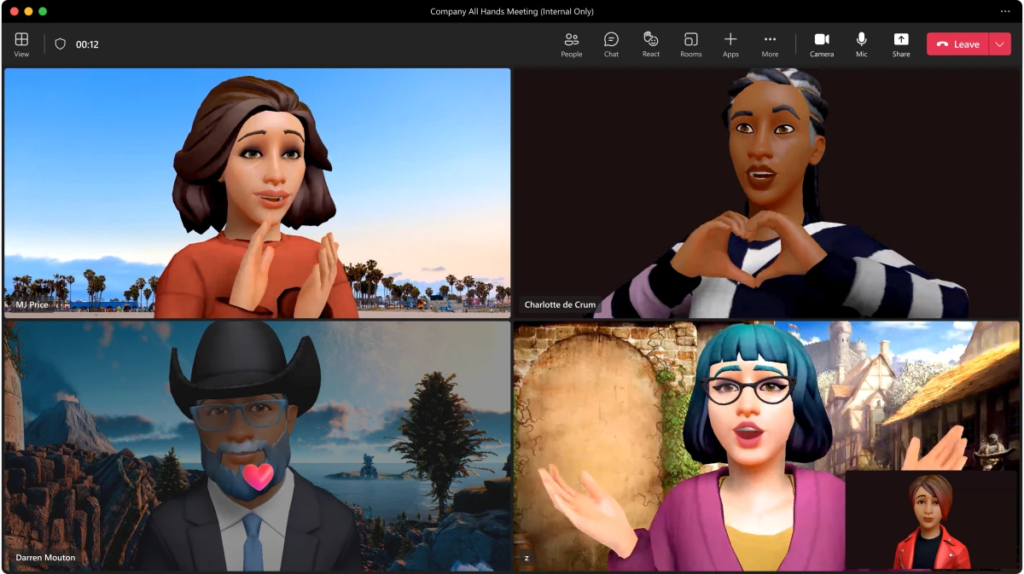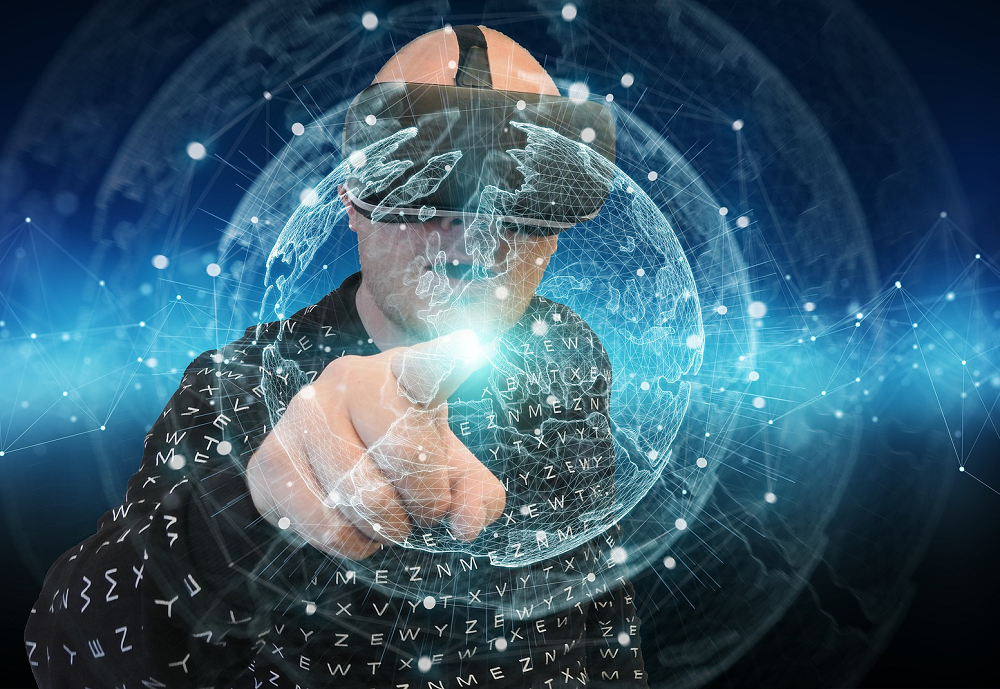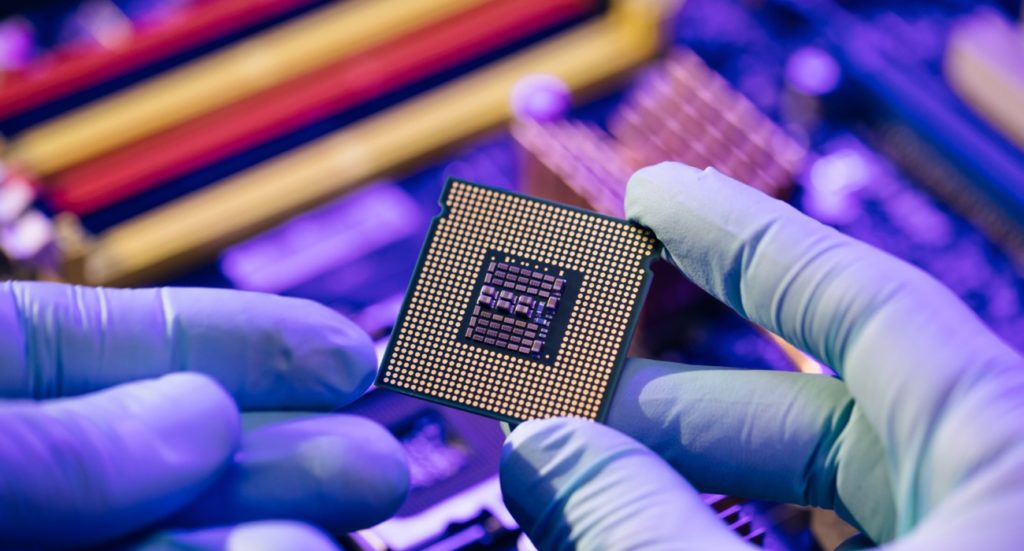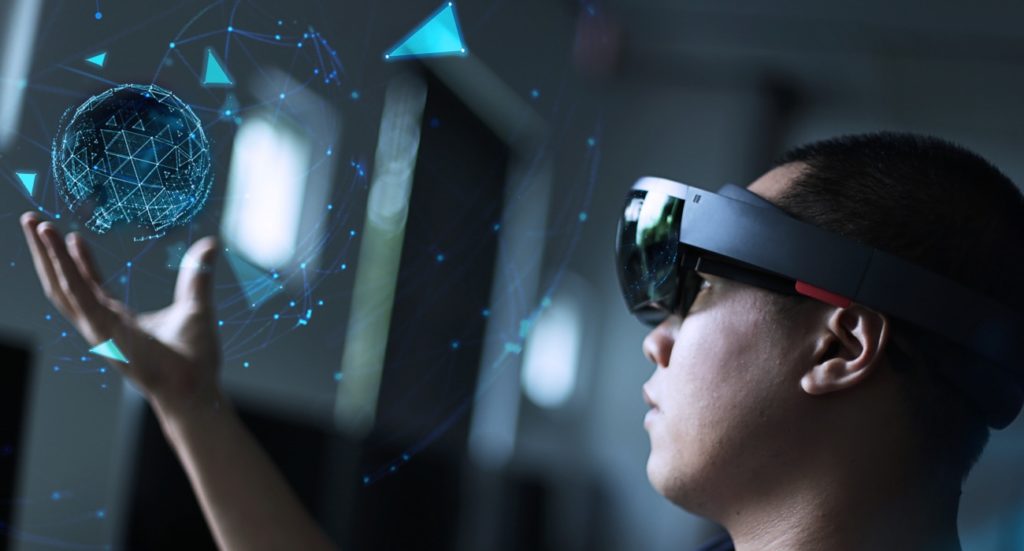For the last year or so, there has been a lot of attention placed on the idea of the metaverse: an evolution in how we interact with people and platforms online, driven by a multitude of technologies (3D and spatial computing, AR/VR, and so on), that will enable us to participate in shared experiences through virtual environments. It’s all part of the third iteration of the internet – Web 3.0 – and promises to be a considerable enhancement.
Whilst user volume is picking up steam, the level of current engagement is promising and shows a willingness to embrace a new way of experiencing online life. According to the Ipos x World Economic Forum report ‘How the World sees the metaverse and Extended Reality‘ (PDF, 1MB), just over half (52%) of adults across 29 countries, especially younger generations, say that they are familiar with the metaverse and widely expect that new experiences there will impact our lives over the next decade, in work, learning and entertainment.
In this article, we explore why it’s become such a big deal, what opportunities there are for businesses, look at some of the technologies powering it, discover the challenges in store, and reveal how the Oulu ICT cluster is well-placed to be a central go-to destination for metaverse products and solutions.
Why businesses are getting excited by the metaverse
Investments towards metaverse projects by the likes of Somnium Space, Meta, Microsoft, Alphabet, and NVIDIA among many others have increased the general public’s awareness of this new form of the internet. And it’s not just technology firms getting involved; Marimekko, Disney and Coca-Cola are all examples of global brands that have recently signalled their intent to use this platform in their business marketing plans.

It’s clear that there are opportunities being sought to use this new space of the web as a way of deepening the B2C relationship, enhancing business operations, and enabling new connections in B2B work. Some methods that have been used so far include:
- 3D work in design and engineering phases, including the building of prototypes.
- Creating unique, immersive environments for training, bringing the whole process online.
- New business meeting and networking opportunities.
- Virtual events that can create brand awareness and enable sales.
We expect that the number of businesses getting involved will only grow in the coming months and years as take-up of the metaverse increases.
What technologies are powering the metaverse?
The concept behind the metaverse is powered by a variety of different technologies – some of which are already very familiar to us all.

For example, there’s wearable technology and augmented reality. It’s possible that most people associate this aspect with VR games, but there’s a whole wealth of different markets that are implementing various dynamic solutions. Whether it’s enhancing the customer experience in automotive or fashion retail, assisting medical professionals in healthcare, or modernising processes in the manufacturing and logistic sectors, its effectiveness is already proven.
It’s also quite likely that the growth of this field is set to correlate with the rise of interest and usage of the metaverse. The global wearable healthcare devices market is projected to reach 46.6 billion US dollars by 2025, an increase from 18.4 billion US dollars in 2020.
It’s not just the tools that the user has at their disposal that are new. There is a growing demand for decentralised networks, which is leading the move towards edge computing. This will bring storage and computation closer to data sources, which should improve response times and save bandwidth. Tech think tank Gartner predicted back in 2018 that 75% of enterprise-generated data will be created and processed outside traditional centralised data centres/clouds by 2025.
Additionally, the DNA of servers will be also be changing in order to ensure that metaverse universes stay online. Instead of relying on a single database stored on a cloud server, blockchains made up of peer-to-peer networks of nodes can help to keep these worlds ticking along. As this is decentralised, anyone can write to it and the ‘machine’ cannot be owned by one entity. Its encrypted attributes means that there is greater protection against fraud and other unauthorised activities.

Both of these decentralised elements ensures that user data can be kept secure and safe, which should add to the level of trust involved in accessing the metaverse.
What are the challenges ahead?
Whilst all of this clearly represents a giant leap forward, the process of jumping from 2D to 3D is going to take time, and some technological upscaling is required. So, what are the key focus areas?

Connectivity
Updating connectivity speeds for the Web 3.0 age is of paramount importance. Everyone is currently accessing the internet differently and a good stay in the metaverse depends on the strength of the network connection available and the digital infrastructure that is powering it. For instance, if a user’s experience is plagued with blips and lag, the more frustrated they are likely to become and the less probable it is that they even want to return.

Hardware
Data consolidation, rendering and synchronisation, artificial intelligence, and even motion capture for specific applications will require a huge amount of power. The equipment that will run these metaverse environments will need substantial hardware upgrades in the form of capable processors and drivers for the technology to run smoothly. This will cover a wide range of devices – from PCs and laptops to smartphones and tablets.

Public buy-in
Additionally, beyond the technical aspects, there is the fact that without accessible and easy-to-use products there simply won’t be a buy-in. Whether it’s a consumer or a business, people won’t want to enter the metaverse if it is difficult to operate or not relevant to their needs. All solutions must be easily understandable and useable – something that a user will find as a vital component of their day-to-day life in some way.
Oulu’s ICT cluster can power the metaverse
We have around 1,000 ICT companies in Oulu, ranging from large internationals to small start-ups and everything in-between. It’s a place that has a long history of making state-of-the-art technology, and it is well-placed to lead the way in this Web 3.0 evolution.
What we are perhaps most well-known for, certainly on the international stage, is our connectivity know-how. Of course, Nokia are a core part of the ecosystem and is still producing innovative and ground-breaking work. Additionally, our pioneering R&D in the field can generate enhancements in this area. For instance, the University of Oulu is conducting pioneering research into 6G via its own specialist flagship unit, which will lead the way for the global industry. This can lay the groundwork on which future products can be built on.
As mentioned earlier, augmented reality and virtual reality are already used widely within many industries. We have businesses who have worked on both the hardware and human interface aspects including mobile, smart glasses, wearables, haptic, gestures, voice controls and neurals. Our ecosystem has a track record of coming up with unique and game-changing products for a variety of sectors that are accessible and effective.


We also have a group of firms that can manufacture and provide hardware that is up to scratch. We are very active in the processor development/System on Chip field, as we expect these to be defining elements in the value chain surrounding the metaverse. Edge computing is still an evolving entity, but the University of Oulu is setting up research projects to develop working applications to be utilised in different sectors.
One other part of the cluster that is worth highlighting in this context is our group of games studios. Engines such as Unity and Unreal, which power a lot of well-known titles across PC, console and mobile, are expected to be widely used when it comes to designing and modelling different parts of the metaverse. Oulu’s tight-knit community of developer studios can apply the mechanics and functionality of games to a whole host of business solutions.
With a new set of tools, companies have the opportunity to enjoy new ways of connecting with their audiences and stakeholders in a way that adds to their revenue streams. It’s going to take a lot of research, development and ingenuity to make the exciting promises behind the metaverse a tangible reality. But with increased participation from customers and businesses alike, there really could be limitless possibilities.
